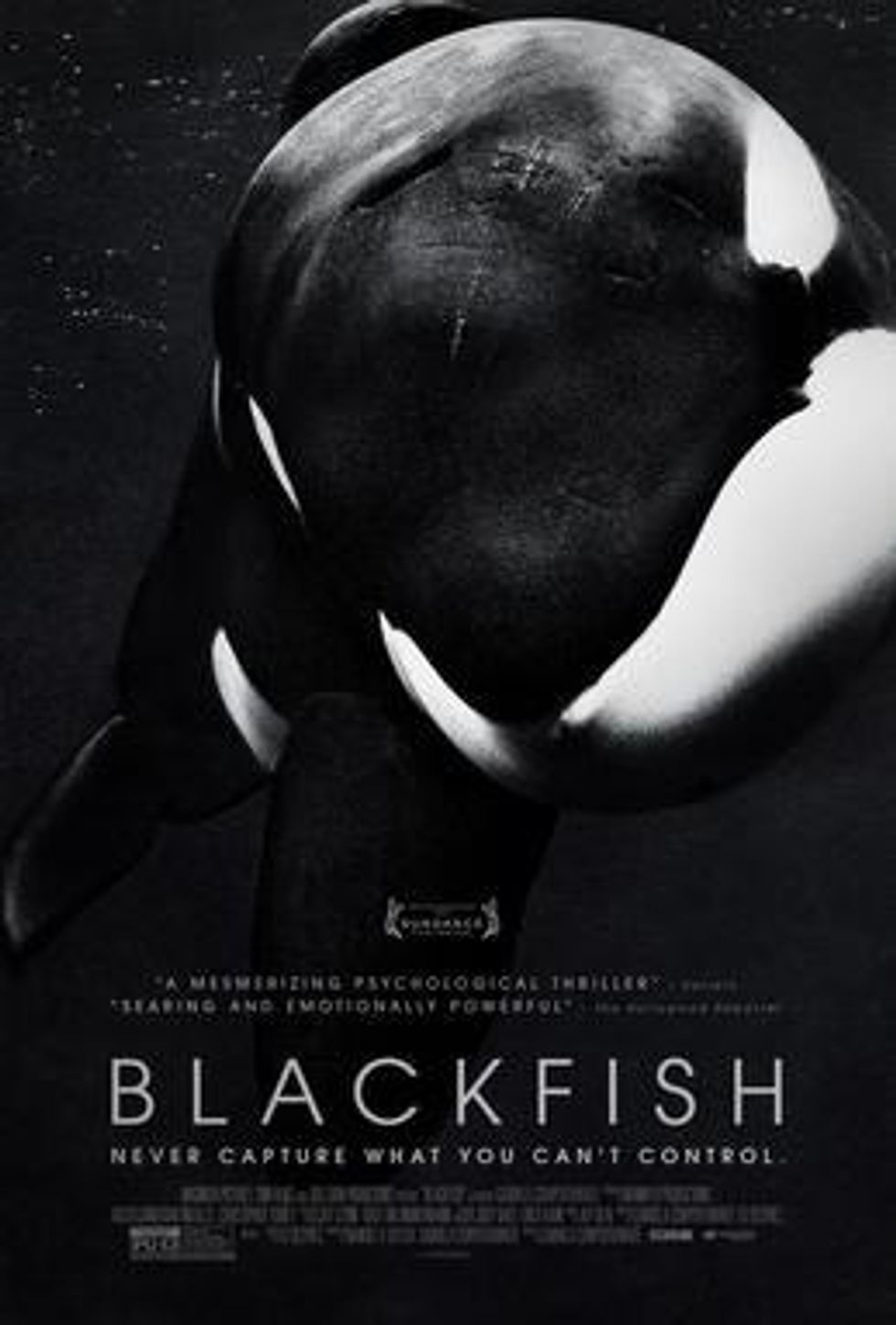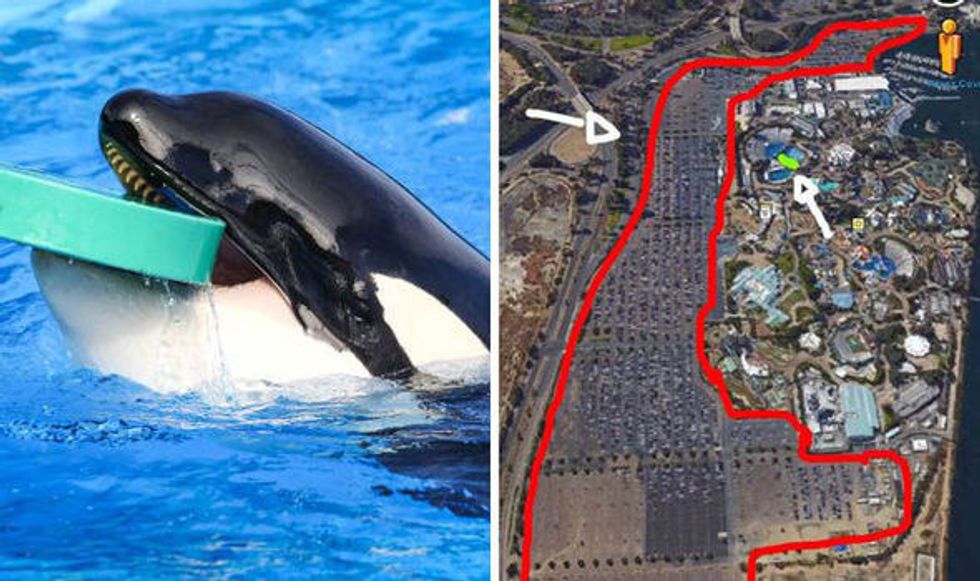Wild and domesticated animals are known to occasionally attack when they cross paths with people. But within the last month, there has been three major animal attacks. Stories of animal attacks seem to be taking over the news. The rate of animal attacks seems to be increasing at an alarming rate and the blame for all these attacks is placed directly on the animals.
Harambe the Gorilla
Domesticated or animals in captivity, such as Harambe the Gorilla who was killed in late May, should not have the blame placed on them. In the case with Harambe, the Ohio zoo he was living in had a three-foot wall separating the gorilla exhibit and the zoo's visitors. A wall that a child could easily climb over, even while surrounded by bystanders. The zookeepers choose instead of tranquilizing the four hundred pound gorilla, to shoot and kill the endangered gorilla.
Additionally, in the background of the videos that went viral of the gorilla dragging the boy around you can hear the bystanders screaming. This most likely was one of the reasons that Harambe reacted the way he did with the child. Their reactions seemed to be provoking Harambe's insane behavior. The zoo's director is also quoted saying "the gorilla didn't appear to be attacking the child, but he said it was "an extremely strong" animal in an agitated situation". During the "attack" the zoo removed two female gorillas from the enclosure.
Tillikum the Orca Whale
Harambe was not the first animal who made news for a so called attack, and I'm sure he won't be the last. One attack that's very well known is the one that happened in 2010 at SeaWorld. Dawn Brancheau, a star performer with the orcas, was pulled into the water by one of the whales. The whale, Tilikum, had previously killed two of his other trainers. It is unknown whether Tilikum pulled Brancheau into the water by her ponytail or her arm. This unfortunate event inspired the documentary "Blackfish", which is about keeping orcas in captivity.
SeaWorld still claims no responsibility for the death of one of its trainers. Jeffery Ventre, a former trainer, stated that they do not know for sure what motivated Tilikum. But that there is no doubt that the whale knew exactly what he was doing and that he was and did kill her.
Tilikum was taken from his mother and their ocean home at the age of two in 1983. He was sent to a rundown marine park, Sealand of the Pacific. As part of his training, the food was withheld from him. Also, while at Sealand, Tilikum endured attacks from two dominant female orcas, who he was forced to live with. After eight years of performing, he dragged his trainer, Keltie Bryne, to the bottom of the pool. Not long after Keltie's death, Sealand closed its doors and Tilikum was purchased by SeaWorld.
Now if Tilikum was a human instead of a whale, being torn from his mother and his home and living in such harsh conditions, its clear as to why he would act out. But as an animal, the blame is placed completely on him even six years later.
The whales at SeaWorld are forced to spend their lives in enclosures that are extremely small compared to the park's large parking lots. The park's parking lots are outlined with red and the white arrow on the right points to where the whales are kept.
Zoo Secrets
- Captivity often makes animals crazy by imprisoning them in cages and enclosures that result in unnatural behavior from the animals.
- Zoos and animal related parks care about one thing the most, and it’s not the animals, it’s breeding to make money.
- Zoos and animal related parks rarely help animals. Many of the animals in zoos are not endangered and will never be released into the wild.
- Zoos and animal related parks are not educational. Instead of teaching people about wild animals, they teach people that it is ok for animals to be in captivity.
- Zoos and animal related parks are dangerous for animals. Animals in captivity have no ways to protect themselves or escape dangerous situations. Animals all over the US have been poisoned, starved, denied veterinary care, and even burned in fires. During natural disasters, the animals are left without any help or ways to escape.
Animal Caused Deaths in the United States
First off, animals are defensive of their home and are more than likely to attack you if they feel threatened so do not go try to pick up a snake or pet a bear. Secondly, many animal deaths are from poisonings, such as bee stings and bites, accidents, such as auto accidents with deer, and predatory attacks, such as shark, alligator, mountain lion, and bear.
The average number of deaths per year from a bee or a wasp is fifty-three deaths. Attacks from mountain lions, rattlesnakes, sharks, alligators, bears, scorpions, elephants, wolves, and bulls only result in eleven deaths altogether.
Pet attacks result in 31 deaths per year. Pit Bulls are labeled as dangerous dogs due to misclassification of mutts that resemble pit bulls that hurt and kill people, though any dog can attack a person if provoked. Unfortunately, deaths caused by wolfs when people bring them home as pets. Three children have been killed in last thirty years because of people’s stupidity. In the wild, though, there has not a wolf act that resulted in death since 1888. Along with pets (domesticated), nonnative animal attacks (animals in zoos, circuses, and marine parks) they are rare.
Now can you imagine spending your entire life locked in a small space that limits what you can do? Instead of living freely, you are in an unfamiliar place, alone or with other people that you don’t know, while hundreds of people spend their time crowding around you, staring, and talking loudly. Does this sound like fun? No. But that’s what life is like for the animals in zoos, circuses, and marine parks. And with the information we have available to us online, TV, and film and documentaries about animals, why should they suffer so that we can stare at them for a few minutes. The answer is short, sweet, and simple: They shouldn’t!









 Energetic dance performance under the spotlight.
Energetic dance performance under the spotlight. Taylor Swift in a purple coat, captivating the crowd on stage.
Taylor Swift in a purple coat, captivating the crowd on stage. Taylor Swift shines on stage in a sparkling outfit and boots.
Taylor Swift shines on stage in a sparkling outfit and boots. Taylor Swift and Phoebe Bridgers sharing a joyful duet on stage.
Taylor Swift and Phoebe Bridgers sharing a joyful duet on stage.













